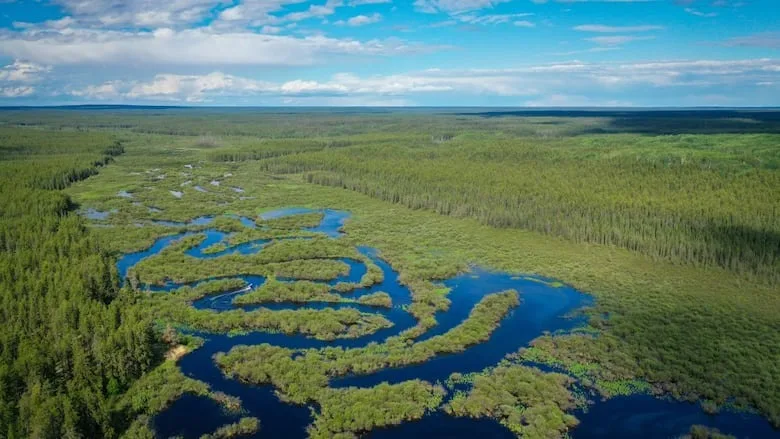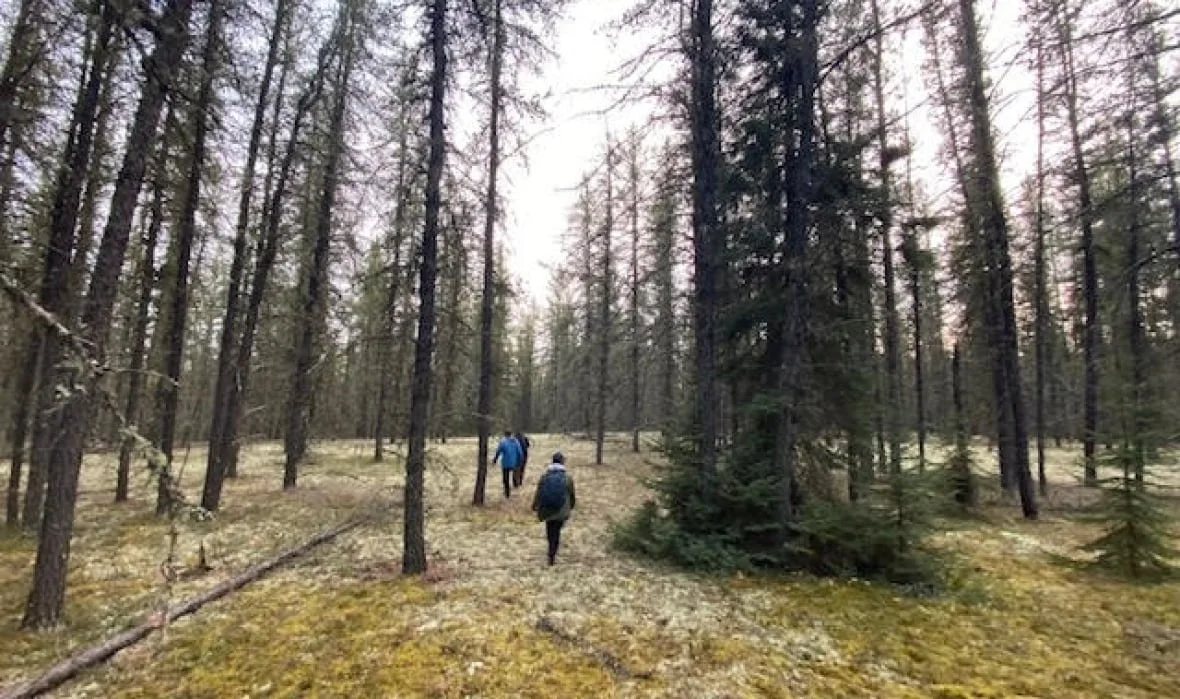
How wildfires are disrupting traplines and raising questions in northwest Sask.
Kelly Patrick wonders how different the boreal forest in northwest Saskatchewan would look if a big push to protect a large swath of it used for trapping and hunting hadn't failed.
Patrick led a group that endeavoured to conserve 22,000 square kilometres of forest in the Île-à-la-Crosse area known as N-14 Fur Block, an area home to more than 100 trap lines.
Recent wildfires decimated forest habitats in the northwest region, burning up to 90 per cent of N-14 Fur Block, according to one local estimate.
"It's devastating," said Patrick, who was executive director for the Sakitawak Indigenous Protected and Conserved Area (IPCA), the group that sought to protect N-14 Fur Block until project funding dried up.
RELATED: Keep up to date with the Weather Network's wildfire hub
"It's devastating because of the lack of respect for First Nations and Métis in that area who have been telling this government and previous governments about the need to allow for Indigenous knowledge to be a part of planning."
Over hundreds of years, Métis, Woodland Cree and Dene people in the area have gathered knowledge to manage the land. The Sakitawak IPCA would have relied on local knowledge to establish sustainable forest management practices.
A "fur block" is a defined area in which approved trappers are allowed to harvest fur. The designation does not trigger extra forest management or protection measures.

A view from inside the N-14 Fur Block in northwest Saskatchewan. (Submitted by Kelsey Scarfone)
Acting Île-à-la-Crosse Mayor Vince Ahenakew said the Muskeg fire that he estimates burned about 90 per cent of the N-14 Fur Block this summer is worse than the blaze that tore through it two years ago. The area is home to vulnerable species including the woodland caribou.
"A lot of [animals] are having their young right now, little rabbits, the moose and bears," Ahenakew said.
"You kind of feel sorry for them, as well for the people that are suffering from these fires. There seems to be no end in sight. There's dry, dry, dry weather and wind every single day."
The provincial government could not confirm how much land in N-14 Fur Block burned so far this year. Dale Barks, an ecologist with the Ministry of Environment, said aerial surveys could be done this fall.
"Once the fires are kind of dissipated, we can see how much is burned [and] we get an assessment of what's left after the fire," Barks said.
Forests ecosystems have adapted to wildfire cycles, which help regeneration and provide diverse habitats in various stages of growth. But the benefits aren't always a comfort for people who rely on the land, Barks said.
"Once the forest fire moves through ... there's really not a whole lot to do unless that trapper can find patches of habitat elsewhere in the trap line that haven't been disturbed."
Wildfires in the province have burned more than 2 million hectares of land so far this year. The Saskatchewan Public Safety Agency (SPSA) said 942,173 hectares were burned during last year's wildfire season. That's just behind the 1,722,610 hectares burned in 2015 and the 1,868,695 hectares burned in 2023.

Views of the landscape in the 22,000 square kilometres of boreal forest around Île-à-la-Crosse that the Sakitawak IPCA hoped to protect until the project lost funding. (Submitted by Jeremy Williams)
Patrick said climate change is rapidly changing the ecosystem and severity of wildfires.
"We need to put some serious thoughts into planning and planning in advance," Patrick said. "We know this is going to happen ...This is our new normal."
This article, written by Jeremy Warren, was originally published for CBC News